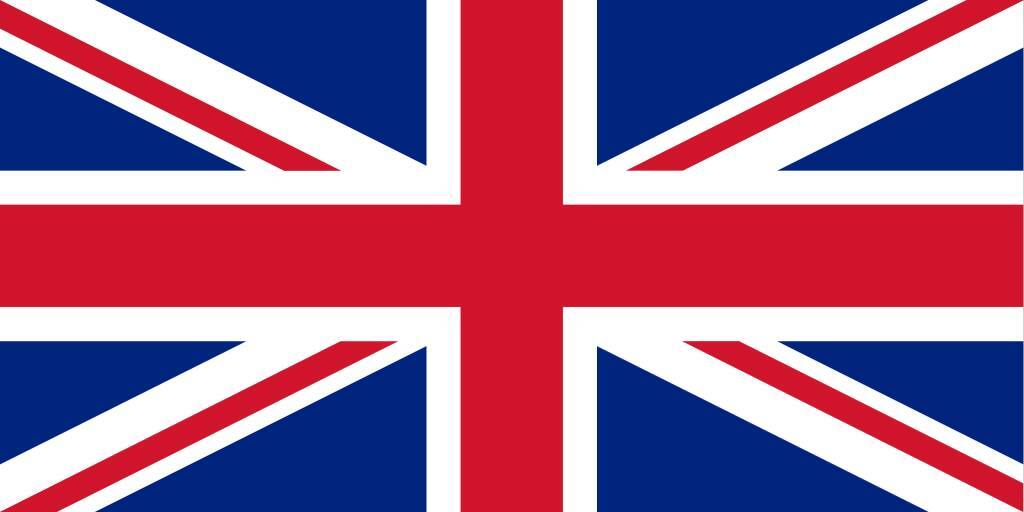Deciding which shape is right for you would depend on your individual preferences. In general, an X-carry is particularly suitable for carrying your baby on your chest. While the H-carry makes carrying your baby on your back more comfortable because the straps do not cross your chest.
Both types of carrier straps distribute the baby's weight evenly over the shoulders and also guarantee the important sitting position of the child (squat-splay position). The carrying comfort is similar for both types, as the shoulder straps are optimised for the specific type of carrier.
2. The correct posture:
Sitting M shaped posture
Children are born to be worn. Have you ever noticed, for example, that babies automatically lift their legs when you lift them? It is a reflex-like posture in which the knees are at navel level and the thighs are spread at a 90-degree angle. This position is also called the M-position.
The baby should always be carried with a slightly rounded back. A baby sling should strengthen this so that the baby does not need to straighten itself up. The rounded back further develops the double S-shape of the back.
Adjustable waist panel
The correct squat position is crucial to avoid hip dysplasia. Hip dysplasia develops if, for example, the child's legs hang down too far. For this reason, a carrier should always have an adjustable bar between the legs. This should extend the hollows of the knees when the baby's legs are lured.
In a detailed blog post, we give a few important tips to ensure the squat-spread posture.
Headrest
Since babies often cannot hold their heads by themselves, a headrest can provide stability and safety. They also serve as privacy or sun protection.
3. Age or weight required for baby carrier
You can carry your child from birth (approx. 3.5 kg) in a baby carrier. A newborn adjustment is very important for very small babies in order to give them additional stability.
There is no limit to how long you can carry your baby in the carrier. Basically, as long as it likes. But from experience, children from around 1.5 years of age want to discover the world and walk by themselves. This age usually holds a weight of about 15-20 kg.
4. One for all
A carrier for mom, dad, and baby. This is very important so that mom and dad can change the carrier easily and as simple as possible. Therefore carriers should have comfortable adjustment straps. Both should feel comfortable and look good so that mum and dad can enjoy their carrier.
5. Heart to heart
Do you have the typical picture from movies and television in your head, where the baby is carried casually looking forward? This position is very unfavourable from an ergonomic point of view.
It is recommended to carry your child facing you, belly to belly. Ensure the baby's head is at a kissable height.
6. Quick to put on
When buying a baby carrier, it makes sense to check whether it is suitable for mom and dad. A baby carrier should be easy and quick to put on for both of them without changing many buckles or settings. This is especially important if the baby is sleeping or if the baby carrier is to be changed quickly to another person.
7. In summary:
- Carrying babies strengthens bonding and well-being
- Carry your child in the direction of your gaze
- Ergonomically correct baby carriers promote the healthy development of the baby's hip joint and back
- Pay attention to the squat-spread posture and a slightly rounded back. Use the adjustable bar for this.
- Use the headrest to stabilise the head
- Choose a carrier that is good for mom, dad, and child. A carrier that you can switch quickly from mommy to daddy without disturbing the baby.
- Babies can be carried from birth (approx. 3.5 kg)
- When babies are a little older and can support their heads without help, you can carry them on your back


















